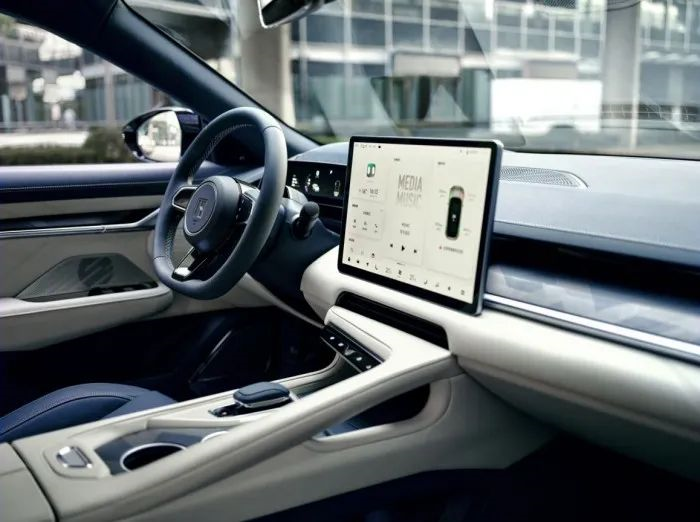Author: Xuan Wang
The farce of Zeekrche’s car navigation system freezing has come to an end, as Zeekrche has offered a free replacement of Qualcomm Snapdragon 8155 cockpit chips to all users. Although the process was complicated, I believe that all Zeekr users have received the results they most wanted to see.
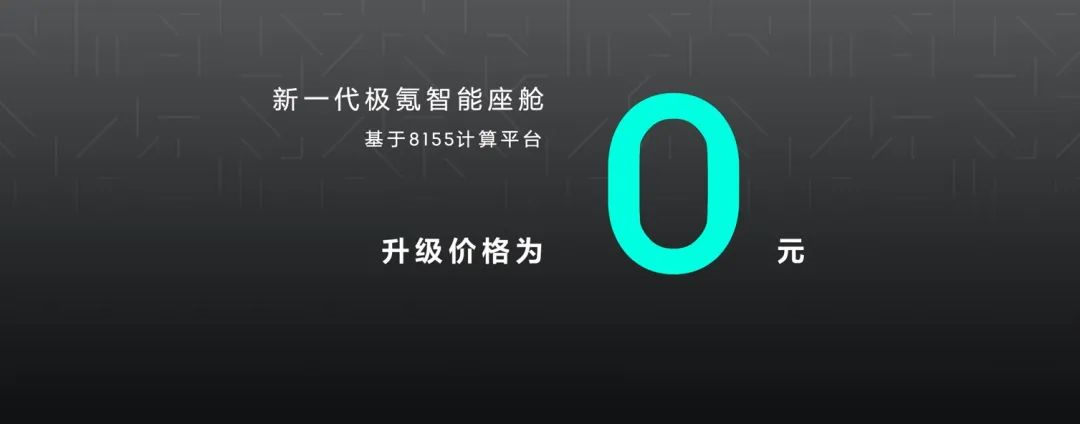
With the trend of hardware upgrades, is zero-cost purchase necessary?
Hardware upgrades are not new this year. One month ago, when Nio released the 2022 ES8, ES6, and EC6 models, it launched a new system, Alder Chiyang, for the 866 car model. Compared with Aspen, the main upgrade of Alder Chiyang lies in the Qualcomm 8155 digital cockpit computing platform, 5G connectivity, 800W pixel high-definition front-mounted DVR camera, 300W pixel high-sensitivity surround-view camera X4, and 250W cabin camera X1.
Old 866 users can also choose hardware upgrade service. The smart system Alder Chiyang’s hardware renovation price is 9,600 yuan, and the price with optional 5G high-performance central gateway is 12,600 yuan.
In contrast to Nio’s hardware payment strategy, Zeekrche’s free replacement of the 8155 chip for users is equivalent to filling a hole of 300 million yuan out of its own pocket. This move by Zeekrche has reversed its negative public opinion and is also a responsible performance for users. However, I do not believe that “zero-cost purchase” will become the standard for hardware upgrades.
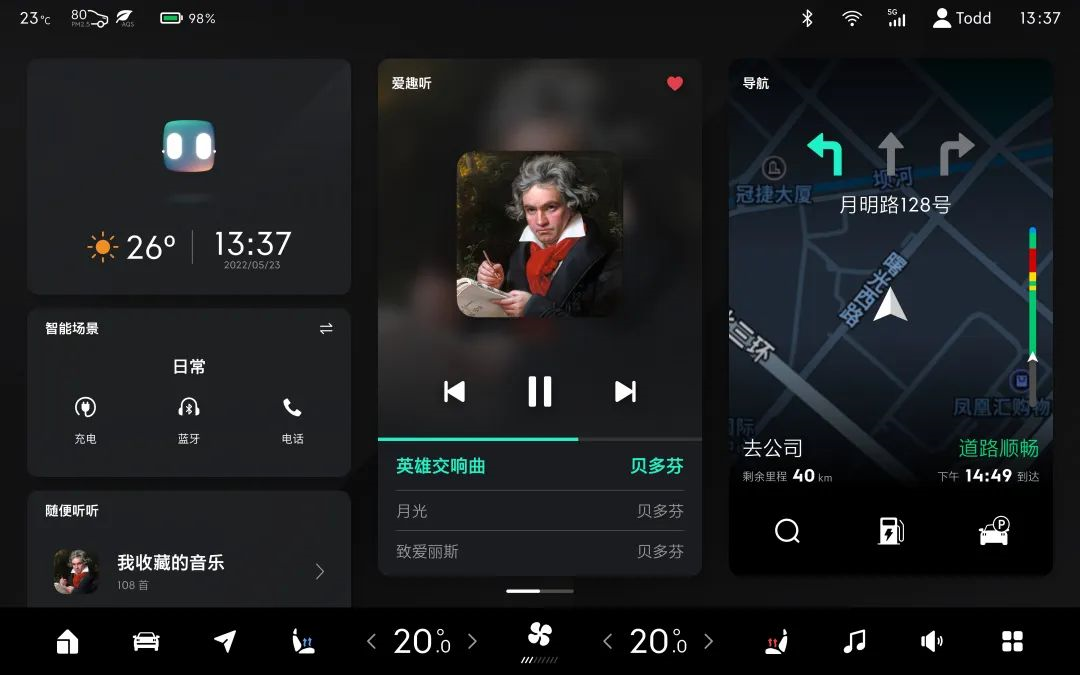
Taking the cockpit chip as an example, we first encountered the Qualcomm Snapdragon 820A chip around 2018. At that time, some products labeled as intelligent adopted this cockpit chip. Four years later, the mainstream cockpit platform chip has changed from the 820A to the 8155, which corresponds exactly to the midterm modification cycle of traditional cars. Smart cars have significant differences from traditional cars and electronic consumer goods in terms of hardware upgrades.
In most cases, traditional cars and electronic consumer products do not support hardware upgrades. In the past, we bought cars in a one-shot deal; unless there were quality problems and manufacturers recalled hardware, this situation would not change. Electronic consumer products are short-lived, rapidly iterating hardware products. If a user wants to upgrade hardware, they can only change the entire phone. We have never seen a case where a user brings their phone or computer to the dealer to change the chip.
Therefore, smart cars have both the durability of large durable goods and the characteristic of electronic consumer products’ rapid hardware iteration, which has given rise to the commercial mode of hardware payment upgrades.
We want to discuss three issues about hardware payment upgrades:
-
Why is hardware payment reasonable?2. Why is it not unreasonable for GIKEN to offer free upgrades?
-
What are the flaws in the upgrade logic of intelligent vehicles?
Regarding the first question, why is it reasonable to charge for hardware upgrades? In recent years, with the popularity of smart cars, along with the concept of technological equality, intelligent cockpits and L2-level assisted driving are not premium configurations. Even many products that cost 100,000-150,000 RMB are equipped with the above-mentioned configuration. In addition to models that pursue the ultimate cost-effectiveness, most intelligent vehicles can almost guarantee uniformity in underlying hardware. For example, models released in 2022 almost all come standard with the 8155 cockpit chip.
After the underlying hardware has become the industry standard, car companies need to charge old users for hardware upgrade plans for subsequent releases. Because when old users purchased their cars, the car company had already provided hardware performance that met the industry’s average level at the time. If old products want to follow the experience of new hardware, they certainly cannot “freeload” the car company’s new costs. This is like in the smart phone industry, Apple will launch new models every year, but no users require manufacturers to replace their old phones for free.
In other words, the hardware payment upgrade business model requires the “hidden rules of the industry” to push it forward.
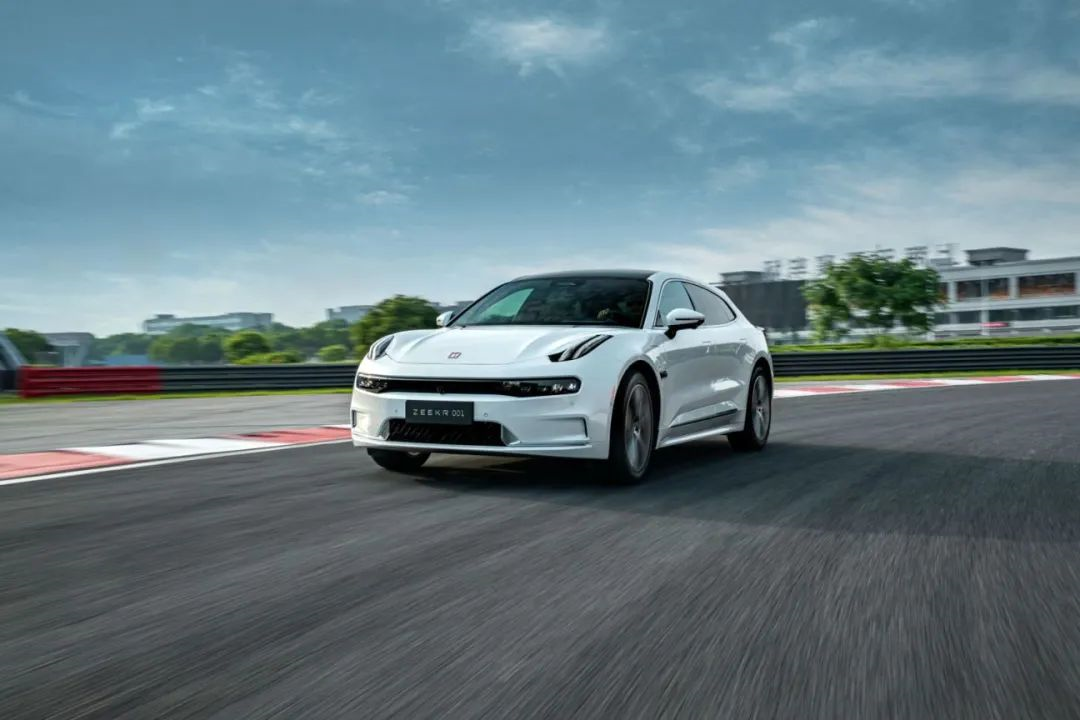
Regarding the second question, why is it said that it is not unreasonable for GIKEN? I think the core problem that GIKEN was previously complained about was not that it launched models with the 820A cockpit chip in 2021, but that the product performance was really poor.
Car computer glitches are the most frequently reported issue in the GIKEN community. As a user-based enterprise, GIKEN also has the obligation to solve problems for users. There are two methods: software upgrades and hardware upgrades. Therefore, although this time the replacement of the 8155 chip is called “upgrading” in name, it is actually “finding and matching” the experience at the level of the user interface, after all, ensuring smoothness is the basis of a car computer product. Users should not have to pay extra for the most basic needs.

Regarding the third question, what are the flaws in the upgrade logic of intelligent vehicles? This time GIKEN’s upgrade within the product cycle is an exceptional event. According to normal logic, hardware upgrades should be synchronized with model updates.
Traditional cars are sold through dealership sales models, and there will be further discounts before the model is updated to clear inventory. This approach also allows consumers to make choices: choose an old model for a cheaper car computer or a new model for updated features.# Markdown translation in English
Most new energy vehicle startups and new brands choose to adopt a direct sales model which offers a fixed price throughout the entire product life cycle. However, this approach does not benefit the sales of the product in later stages. Although NIO’s new model sends a signal that the improvement mainly involves electronic hardware while the interior and exterior designs and driving systems remain almost unchanged, existing customers who want to upgrade will have to pay a fee. Moreover, previously users could choose between discounts or new models, but now the direct sales model has blocked the path of discounts with its unchanging fixed price.
In line with the hardware upgrade model, future auto companies following the self-operated route may change the pricing logic in later stages.
The Recruitment of New Members to the Zeekr 001 Series
Based on a big data analysis of all car owners and potential users, and Zeekr’s offline partner surveys, Zeekr 001 has added a new model based on the user’s strongest demand for the “double hundred combinations”-high-performance twin permanent magnet motor layout and a 100-degree “pole core” battery pack. The new Zeekr 001 ME version has a comprehensive working condition of 616 km cruising range and 3.8 seconds’ acceleration from 0 to 100 km/h. The standard configuration includes a 400kW permanent magnet twin electric drive system, a 100kWh “pole core” battery pack, an intelligent anti-skid system, and an 8155 intelligent cockpit computing platform, among other technological configurations. In terms of luxury configuration, it is equipped with YAMAHA surround sound and NAPPA leather seats with a double-color interior.
In addition to the new member, the top-of-the-line model, YOU version, of Zeekr 001 becomes the first model equipped with a lightning-switch intelligent four-wheel drive system. The lightning switch can achieve an intelligent switch between rear-wheel and four-wheel drive in the blink of an eye (0.4 seconds).
This Zeekr self-developed technology enables high performance without compromise to long cruising ranges, and allows users to no longer worry about the choice of driving mode. Zeekr 001 can intelligently switch between three driving modes: full-time rear-wheel drive, timely four-wheel drive, and full-time four-wheel drive through multiple driving modes. It not only has a peak power of 3.8 seconds but also has a longer cruising range, increasing the comprehensive cruising range under the CLTC working condition by 34 kilometers.Translate the following Markdown Chinese text into English Markdown text in a professional manner. Retain the HTML tags inside Markdown and only output the results.
At the same time, the intelligent anti-slip dTCS distributed traction control system developed specifically for electric vehicles can instantaneously distribute torque to the wheel when there is a sign of slippage at the wheel end, using processing speed 10 times faster than mainstream TCS traction control systems to increase driving traction.

The intelligent anti-slip system also provides higher security for high-speed evasion and improves the driving limit. According to tests, this system can increase the maximum controllable speed of the extreme ke-001 by 5-15km/h when it performs extreme cornering on an ice and snow ring with a diameter of 200-250 meters.
In the field of intelligent driving, the newly launched full-speed range active cruise control (LCC+ACC) function can enable the extreme ke-001 to automatically adjust the following distance based on the driving speed and achieve intelligent following within the 0-130km/h speed range interval. At the same time, this function can also keep the vehicle in the center of the lane and turn with the lane lines.
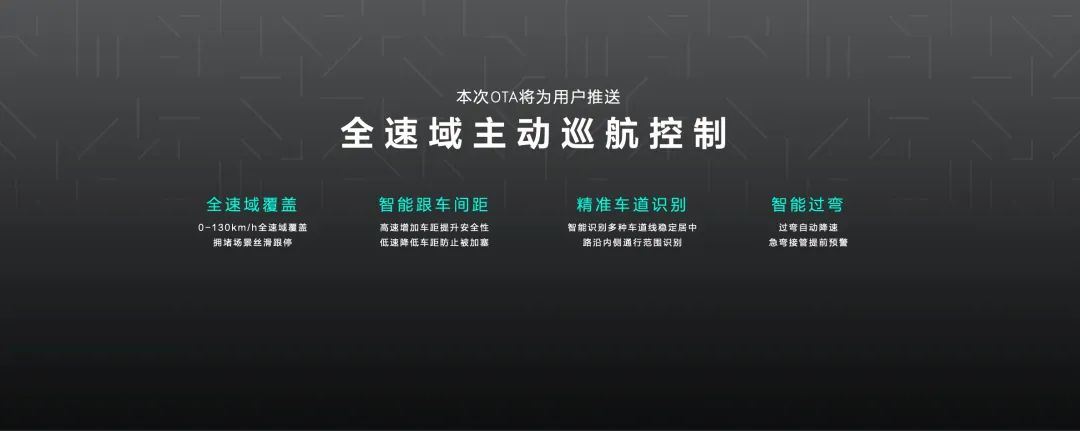
In addition, the extreme ke-001 combines a deep understanding of China’s road conditions and has launched the “Antelope Evasion” function around three high-frequency danger scenarios in daily driving. When there are pedestrians or non-motorized vehicles on the roadside, the vehicle will decelerate actively to ensure safety before passing through. When there are large vehicles in adjacent lanes, the extreme ke-001 will mimic the driving style of human drivers to safely and smoothly avoid them. When vehicles are parked or blocking the emergency lane exit, the extreme ke-001 will decelerate and avoid them without changing lanes.
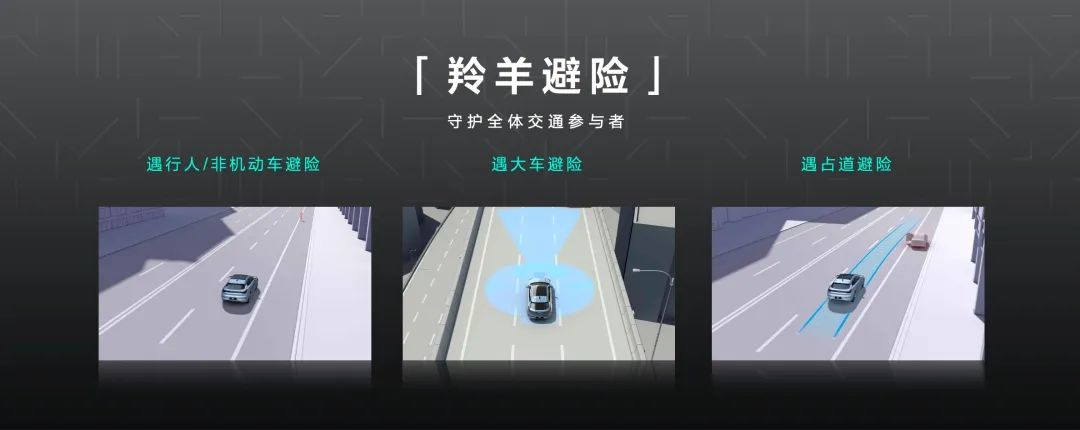
Finally
This free replacement of the 8155 chip can be said to be a public relations battle for the extreme ke-001. In addition to the 8155 chip, we have also seen the self-developed functions and optimizations made by the extreme ke-001 for deep auxiliary driving scenarios.
With the backing of Geely, the extreme ke-001 is definitely not inferior to others in product development capabilities. After filling the gap in intelligent experience, the extreme ke-001 is expected to continue to be a potential hot-selling product.
This article is a translation by ChatGPT of a Chinese report from 42HOW. If you have any questions about it, please email bd@42how.com.
